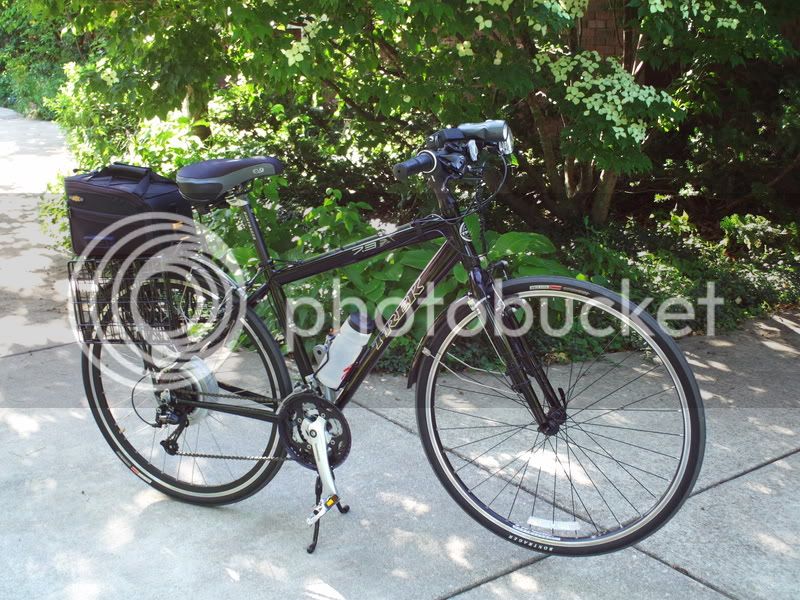TylerDurden
100 GW
Does the tape leave enough surface for vapor to reach the pouches?
Good point. I haven't closed up the case yet so will redo the tape so as to offer up more surface area.TylerDurden said:Does the tape leave enough surface for vapor to reach the pouches?
Toshi said:
It was tempting, I must admit.Iron Yeti said:Toshi said:
You didn't eat that, did you?

Toshi said:Toshi said:. . .
After getting everything back together (with increased surface area on the desiccant bags) I was somewhat dismayed to see that the voltage on the third Hall sensor still goes from 0.0 to 0.6V whereas its peers jump from 0 to 12V as expected. Suck.
It's not worth my time to keep on hunting down Hall sensor problems, especially since I will be doing much of my riding in the rain, so I'm going to sell my 36V (48V capable) 35A immediate start controller (with CA plugin since it's an ebikes.ca model) and pick up a pedal first controller instead.
For sale: Crystalyte/ebikes.ca V2 36V 35A immediate start controller

Any takers? (the link is to a buy/sell forum thread)
Toshi said:On flat/flattish roads I regularly cruise along at 24-27 mph (with pedaling) with my 407. Its performance at these speeds is great. With the 35A controller then I had a nice, fat power peak at around 18 mph as well, and this was really useful for climbing hills. With the 35A controller throttled down to 20A through the CA's software limit then hill climbing was quite a bit more arduous. We'll see how I fare with the 20A controller on order...
With the 35A limit in place then I could climb hills up to about a 6% grade with just moderate pedaling. Up to about a 3-4% grade could be managed without pedaling at all. I tried a few with an 11% grade and it was really tough (iirc; refer back to earlier in this thread -- I mentioned it along with a website that allows one to measure the grade of any particular bit of terrain). Then again, that's a bear of a climb on a regular bike as well.

I take the battery off when I take it in, so it isn't too bad.8) It's not too back-heavy when lifting up stairs?




Toshi said:On both the trip out and back Wh/mi usage was a touch over 28. Ouch.
Toshi said:I get the elevation trace from mapmyrun.com

Toshi said:Another month or so, another update. I'm back commuting on the bike as my month of night float ended Sept 17. The electric bits are still working well, but my Nexus hub has proved to be a bit of a pain to tune and is currently being recalcitrant.
8)
